HUP

A little more than ten years ago, I was rummaging around the library at Fuller Seminary. The seminary had graciously given me “visiting scholar” status, so I could access resources for my dissertation on Ralph D. Winter through the University of Wales. As many PhD researchers do, when I found the specific book I was looking for, I poked around on the shelf nearby to see if anything else under that subject would contribute to my research. You never know what rabbit trails that might lead to—sometimes very fruitful ones. (And more footnotes are always impressive!)
One day, in the bottom floor of “the stacks”, I found a thick, thesis-looking book full of the photocopies of typewritten papers under the title Consultation on the Homogeneous Unit Principle and moderated by John R.W. Stott. I knew that the Lausanne Movement had produced dozens of what they call Lausanne Occasional Papers, and the summary of this 1977 event became the very first paper.1
What I didn’t know was that the 10 papers presented as fuel for discussion at that Consultation were in one place (I am now compiling these for publication.) And indeed, their “consultative” process was extensive and rich with discussion, suggestions, agreement and (some strong) disagreement. Our archivist, Helen Darsie, found a fascinating, on-going exchange of papers/letters about these issues in our Donald A. McGavran holdings.
The presenters (and dissenters) included McGavran, with a long paper from missiologist Harvie M. Conn. Ralph D. Winter presented a historical view, and Arthur Glasser a biblical view. C. Rene Padilla—who just went to be with the Lord in mid-May—gave a counter-perspective from the view of Latin America, along with a few others.
As you can guess by now, HUP is an abbreviation for Homogeneous Unit Principle. That principle is, at its core: that people like to become Christians within their own homogeneous units, without crossing linguistic, class, or race barriers.
In many ways, that sounds simple and reasonable. But at that time, HUP had already been a controversial topic in mission circles and is an increasingly complex and “charged” issue today. By the 1970s, Donald A. McGavran’s Church Growth theories had been both a source of strategy and fodder for critique—sometimes very negative. Other consultations and seminars had been held by various groups to try to learn, understand and/or point out potential problems—and they published the result.
Some of those who opposed the ideas felt the idea of targeting the gospel to flow within specific groups might lead to the exclusion of other groups—and potentially be unfair racially. Defining “groups” was/is problematic, and while we should still try, groups do change over time. Some argue now, that increasingly, everything is in a “melting pot” and or a “stew” and that culture is becoming “globalized.” Others longed for the way churches should be multi-ethnic—accepting of all cultures and color-blind. Which, in turn, raises issues about what it means to be a “multicultural church.” One major issue is control —one group within a local church will naturally take leadership based on their personality, position in society, etc. It happens everywhere; we all need leaders. But, it becomes problematic when a major language like English or Spanish or Mandarin or … is used for the main language of worship and teaching, which colors the outcome.
Further, what does biblical or practical “unity” mean when it comes to missions and church? Some of the issues and dialogue on race in America today were part of the discussion back in 1977.
All of this impacts how we reach non-believers—from reached or unreached groups. How do people come to faith? Our models of church should address both (1) what we do with/for those who are already believers, and (2) those who are not—near or far. How do we effectively share with them, or send global servants to them?
With all that in mind, and the fact that McGavran’s ideas are core to many current missions strategies (like CPM, DMM, T4T10), we are planning the next Ralph D. Winter Lectureship on this topic. It will be a seminar with presenters and Q&A on these various issues. That event is expected to be held online and in person in Southern California in late February to early March of 2022.
I am also working on publishing the original papers and summaries of the discussion in a book to be released before the event. You can look for announcements of both at http://www.frontierventures.org or on the Frontier Ventures Facebook page.


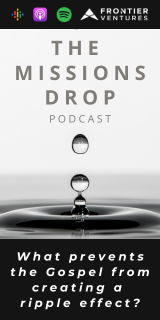
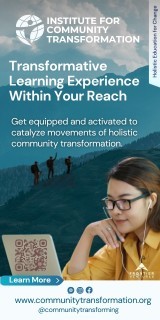

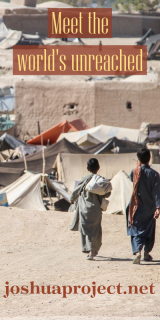
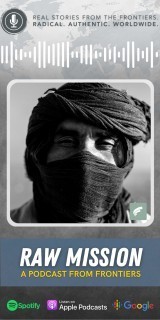
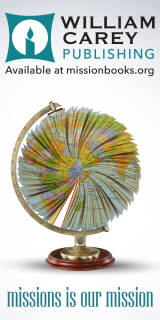
comments